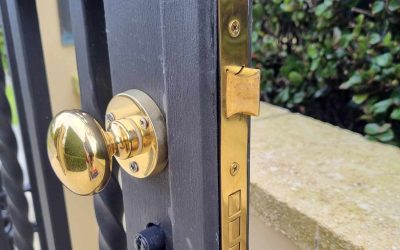Introduction: In the vast tapestry of human history, the concept of security has always been paramount. One of the earliest manifestations of this need for protection comes in the form of the first known lock, a revolutionary invention that forever changed the way we safeguard our possessions. Let’s journey back in time to explore the origins of this ingenious creation that laid the foundation for modern security systems.
The Ancient Egyptian Connection: Surprisingly, the first known lock can be traced back to ancient Egypt around 4,000 years ago. Archaeologists have unearthed evidence of wooden devices with a pin-tumbler mechanism, believed to be the precursor to the modern lock. These rudimentary contraptions were primarily used to secure valuables and protect against theft.
The Pin-Tumbler Mechanism: At the heart of this ancient innovation was the pin-tumbler mechanism, a simple yet effective design that has withstood the test of time. The lock consisted of a wooden post and a horizontal bolt, with pins of varying lengths preventing the bolt from moving. Inserting the correct key, a wooden or metal device with strategically placed teeth, would lift the pins to align, allowing the bolt to slide freely and unlock the mechanism.
Evolution Over Millennia: From ancient Egypt, the concept of the lock gradually spread across civilizations, each adding its unique touch. The Romans, for instance, incorporated metals like iron and bronze, enhancing both durability and security. Over the centuries, locksmiths and craftsmen refined the design, paving the way for the intricate and sophisticated locks we use today.
Implications for Modern Security: Understanding the evolution of the first known lock sheds light on the principles that underpin contemporary security systems. The ingenuity of our ancestors continues to influence the locks and keys we use to protect our homes, businesses, and personal belongings.
Conclusion: The first known lock from ancient Egypt serves as a testament to human innovation and the timeless pursuit of security. As we marvel at the intricate mechanisms of modern locks, let’s not forget the humble beginnings that set the stage for the safeguarding technologies we rely on today.












